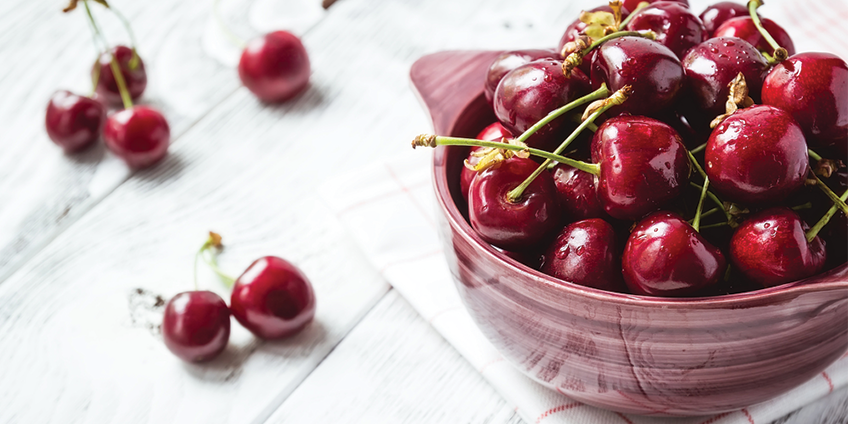Food is one of the most powerful medicines we have. Fortunately, we have 3 opportunities a day to put it to good use!
An easy way to harness this healing power is to avoid inflammatory foods and prioritize those that calm inflammation and help your body adapt to stressors.
Here are 9 inflammation-fighting foods to enjoy with easy recipe ideas to try.
1. Leafy Greens
Yes, kale and spinach really are as good for you as they say. Along with other leafy greens like swiss chard, collard greens, and mustard greens, they are rich in antioxidants and vitamins A, D, E, and K.
The dietary nitrates found in greens have even been shown to decrease your risk for heart disease and stroke by reducing inflammation and arterial stiffness.
If you’re not a kale lover quite yet, start with this AIP Breakfast Hash. The bacon will help convert you :).
2. Celery
Celery and celery seed contain approximately 25 anti-inflammatory compounds! These include flavonols, polyphenols, vitamin C, and beta-carotene. Studies show that celery may also help lower cholesterol.
You can enjoy celery as a crunchy snack with a dip like avocado or hummus, or make homemade Paleo cream of celery soup for a mellower flavor.
3. Berries
Anthocyanins are a specific type of polyphenol that give berries their color and have anti-inflammatory effects shown to reduce your risk for chronic disease. Berries also support immune function by helping your body produce NK (natural killer) cells.
Start your day with this AIP Warm Breakfast Porridge topped with blueberries or strawberries to promote healthy inflammation.
4. Broccoli
Cruciferous vegetables like broccoli have been shown to release compounds that activate glutathione S-transferase (GST) and reduce oxidative stress. If you’ve heard that these vegetables are bad for thyroid health, I explain why the research doesn’t back that up in this article.
For an easy weeknight meal with a broccoli boost, try this recipe for Slow Cooker Chicken Thighs with Vegetables.
5. Cherries
Like berries, cherries are also high in anthocyanins. One study found that participants who ate cherries daily saw measurable decreases in the inflammatory marker CRP.
Give yourself an anti-inflammatory afternoon pick-me-up with this Cinnamon Chocolate Cherry Shake.
6. Fatty Fish
You’ve probably heard of Omega 3 fatty acids and their many health benefits, including reducing inflammation and supporting brain health. Fatty fish are a top source of Omega 3s, and salmon, sardines, herring, and mackerel are chief among them.
This Curried Salmon is full of flavor and pairs great with a leafy green vegetable.
7. Ginger
Ginger blocks the formation of two inflammatory compounds–prostaglandins and leukotrienes–and has antioxidant effects that break down existing inflammation. It’s one of the oldest traditional medicines, and has been used for thousands of years to treat digestive issues and nausea.
This Coconut Ginger Soup is perfect for a soothing and comforting meal.
8. Avocado
This is another trendy food that actually lives up to the hype. Avocados are full of healthy fats that help you absorb inflammation-fighting nutrients like antioxidants and vitamins A, D, E, and K. They also pack in their own antioxidants, along with Omega 3s.
This AIP Smoked Salmon Wrap combines two Omega 3 powerhouses, avocado and salmon!
9. Dark Chocolate
We’ll end with a fun one that virtually everyone enjoys. Dark chocolate is high in flavanols that reducce inflammation and protect the endothelial walls that line your arteries.
For the highest antioxidant content and lowest amount of sugar, look for chocolate that is 70% cacao or higher and enjoy a square as an afternoon or after-dinner treat.
How to Identify Your Personal Inflammatory Foods
Eating more of the above foods is an excellent way to decrease inflammation, but it’s not the only step! You can eat all of the leafy greens and berries in the world, but if you’re consuming foods that your body doesn’t tolerate, you’re still adding fuel to the fire.
These include universally inflammatory foods like gluten and dairy, toxic foods like sugar, alcohol, and processed foods, and foods you have a personal sensitivity to.
Food sensitivities occur when your body produces an IgG response to a trigger food. They can cause a wide range of symptoms, including joint pain, headaches, brain fog, eczema, bloating, acne, or gas, and the trigger foods can be anything from apples to walnuts.
If you suspect certain foods are causing your symptoms, but you haven’t been able to pinpoint which ones, I recommend food sensitivity testing. This test can be completed at home and evaluates your sensitivity to 184 different foods on a 0-4 point scale, so you can optimize your diet based on your own personal needs.
About the Author: Dr. Seth Osgood is a Doctor of Nursing Practice, Board Certified Family Nurse Practitioner and Institute of Functional Medicine (IFM) Certified Practitioner. Dr. Osgood received his post-graduate training in Functional Medicine through the IFM and from working with Dr. Amy Myers. He has helped people from around the world improve their health utilizing a Functional Medicine approach.
Want to work with Dr. Osgood and the GrassRoots team? Become a patient in our West Lebanon, New Hampshire Functional Medicine clinic, our Burlington, Vermont Functional Medicine clinic, or our Austin, Texas Functional Medicine clinic!




